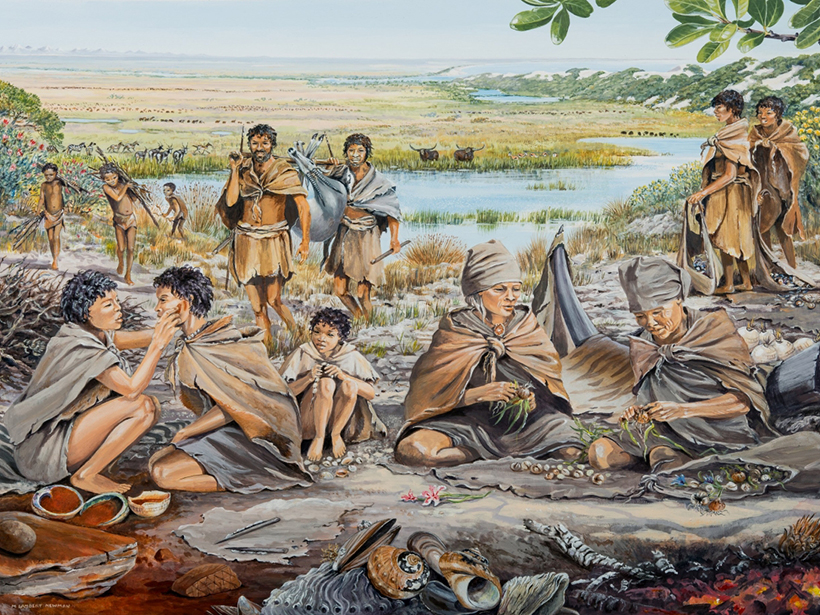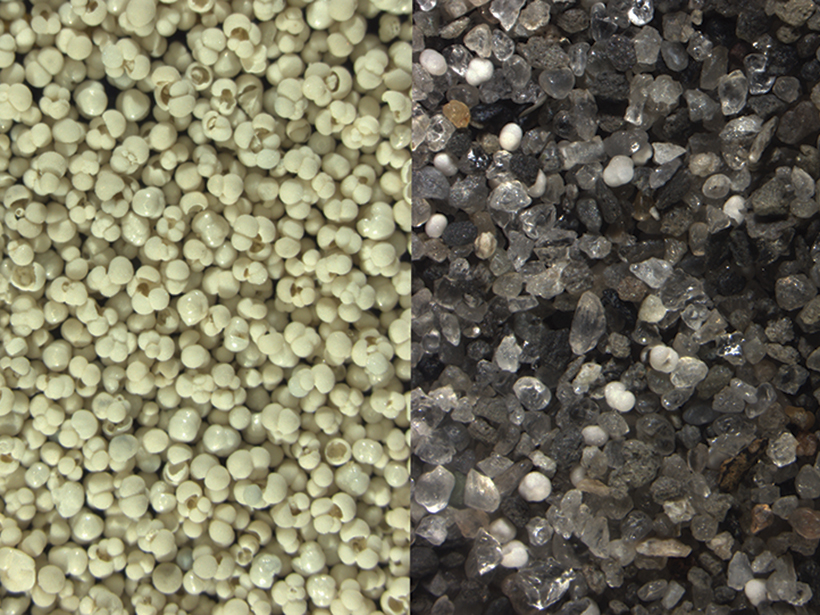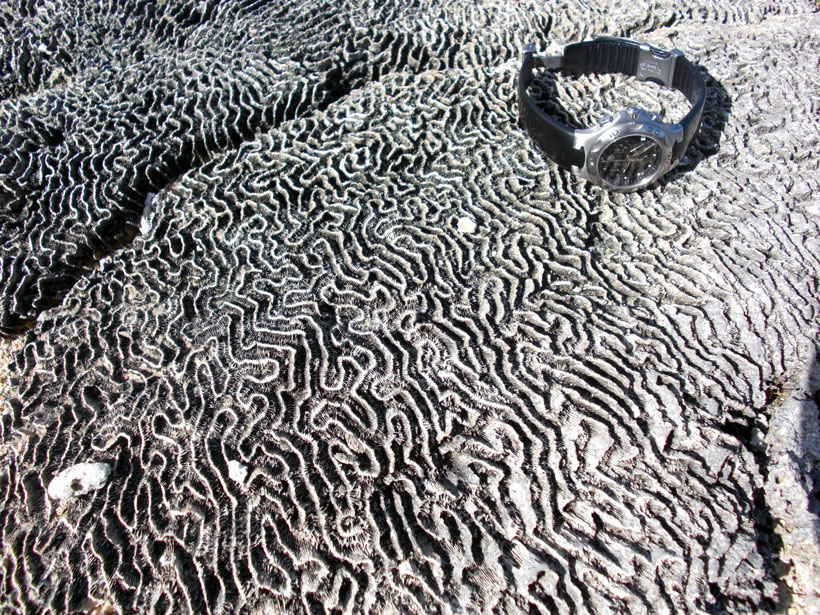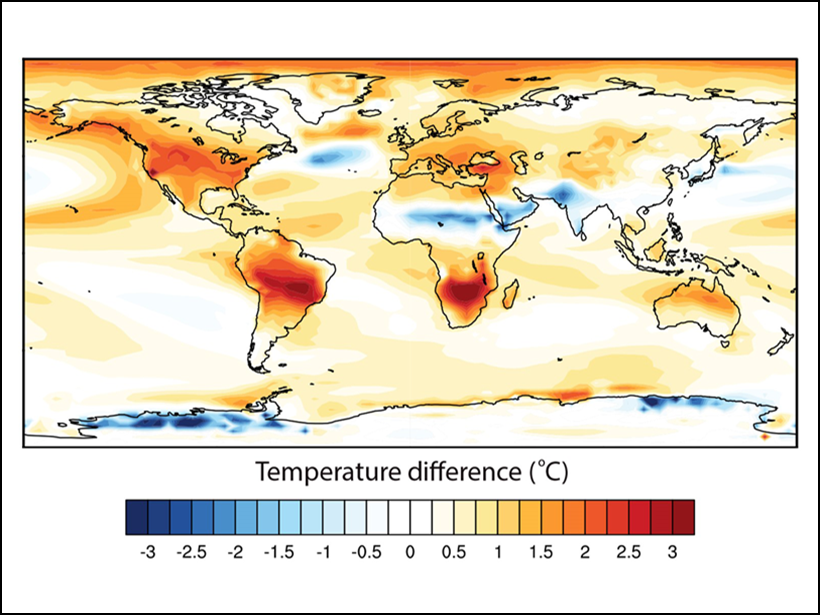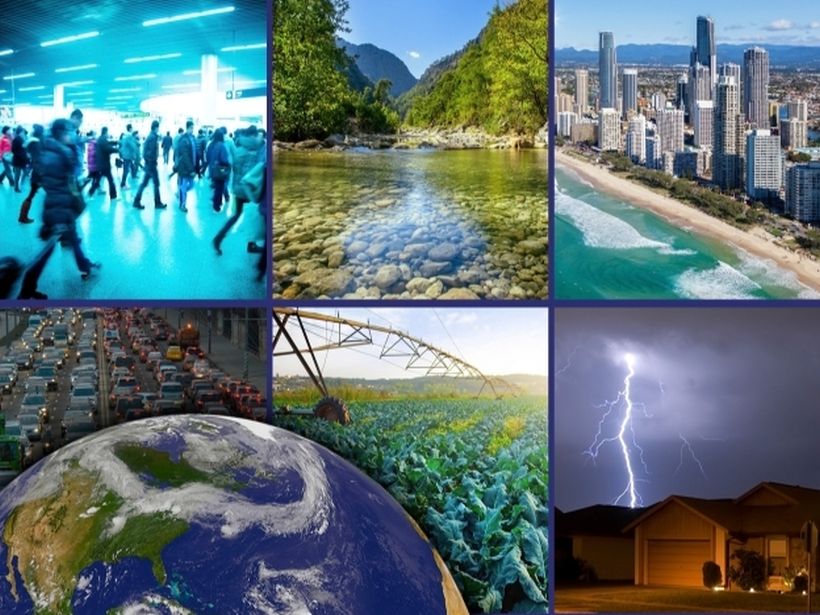Sea level changes have repeatedly reshaped the Paleo-Agulhas Plain, a now submerged region off the coast of South Africa that once teemed with plants, animals, and human hunter–gatherers.
interglacials
Atlantic Circulation Consistently Tied to Carbon Dioxide
Past ocean surface conditions suggest that over the past 800,000 years, atmospheric carbon dioxide levels typically rose on millennial timescales when Atlantic overturning was weaker and vice versa.
Fossilized Caribbean Corals Reveal Ancient Summer Rains
Isotope records and climate modeling suggest that the rainy Intertropical Convergence Zone expanded northward into the southern Caribbean during a warm interglacial period about 125,000 years ago.
Plotting the Pliocene Polar Front
Understanding changing conditions in the south polar oceans during the warm late Pliocene period may help predict the impact of contemporary warming.
How Earth’s Orbit Affected Ice Sheets Millions of Years Ago
A new study of the late Pliocene era could help scientists predict future sea level rise.
Here Comes the Anthropocene
Two recent papers in Earth's Future discuss the addition of a new epoch to the geological timescale.
Insights on Climate Systems from Interglacials
Interglacials provide insights into the impacts of warmer than present conditions in certain regions of Earth.
Characterizing Interglacial Periods over the Past 800,000 Years
Researchers identified 11 different interglacial periods over the past 800,000 years, but the interglacial period we are experiencing now may last an exceptionally long time.
Early Agriculture Has Kept Earth Warm for Millennia
Ice core data, archeological evidence, and other studies suggest humans had a significant influence on Earth's preindustrial climate.

